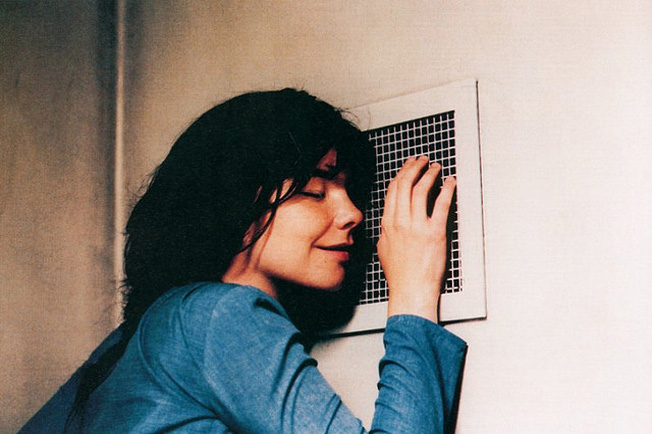
Most great films have some sort of turmoil within them. It’s essential to include conflict within a good story. Any enticing film has burdens for characters to overcome. However, there are some films that can make you feel “desperate” as a means to make you feel what the characters within the film are experiencing.
These are not films that are desperate in the ways they were made or executed; you can consider this list to actually be the complete opposite. It is hard to make an audience laugh at what a filmmaker finds funny, or scare an audience with what one wishes to be terrifying.
It is incredibly difficult to get viewers to experience a prolonged feeling of dread, anxiety and helplessness. Here are 10 of the most desperate films of all time.
10. The Revenant
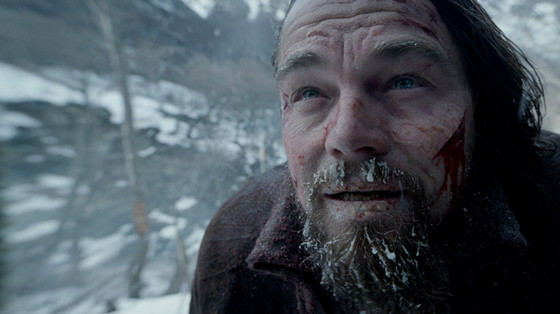
We begin with the most recent example with Alejandro G. Iñárritu’s fight for life in “The Revenant.” We’ve had survival films before, with “127 Hours,” “Buried” and “Life of Pi” (which is a different take on the genre).
“The Revenant” is much less optimistic than even the darkest moments of these other films, as it is heavily cynical about what life can be and the means of saving it. Hugh Glass (played by Leonardo DiCaprio) has been left for dead after he was viciously mauled by a bear, and he has to do everything in his power to avenge the death of his son despite his injuries (which forbid him from walking and talking for the most part).
The film is frigid and unforgiving, and this is likely the result of the difficult shoot that left many crew and cast members exhausted and frustrated. The shoots were in remote locations that took hours to get to (all while the sets were freezing), and the shoots were quick (as Emmanuel Lubezki shoots with natural lighting). Iñárritu was difficult with his team, and you can sense the tensions on screen. Characters have to sacrifice themselves and take on grueling challenges to survive in “The Revenant,” and you will feel every bit of the stresses from both in front and behind of the camera.
9. Aguirre: The Wrath of God
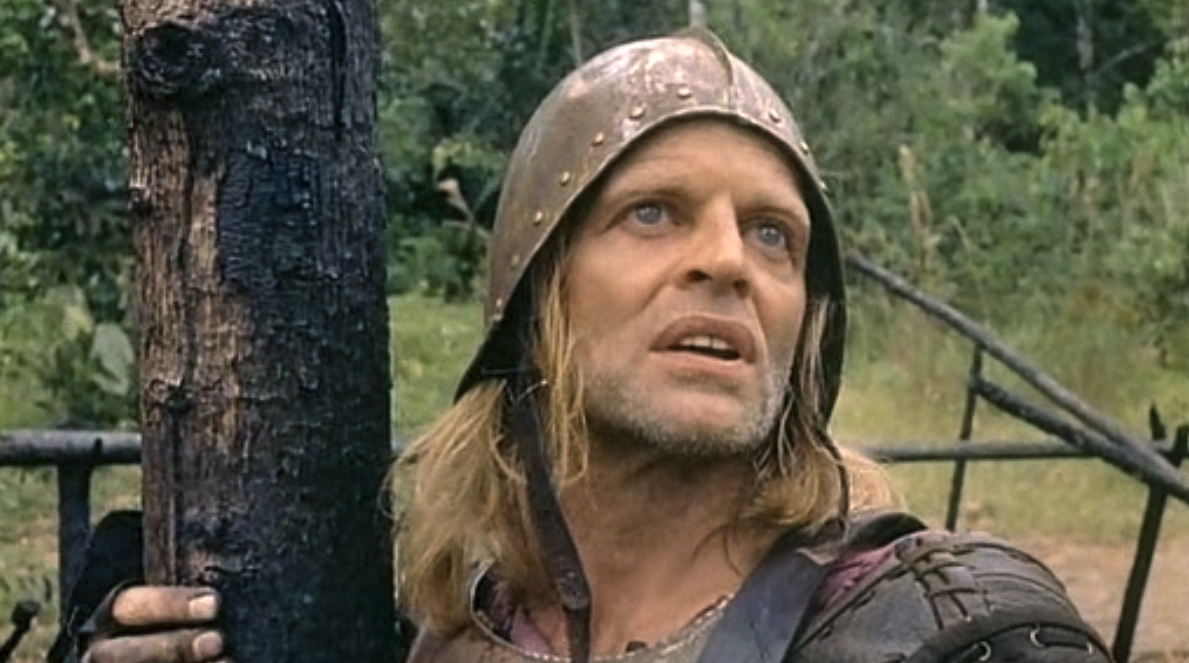
“Aguirre: The Wrath of God” is a notorious film when it comes to the difficult filmmaking process behind it. Director Werner Herzog and lead star Klaus Kinski (who worked with Herzog a number of times afterwards) fought frequently on set to the point that other cast and crew members felt unsafe. This feud actually resulted in gunplay (resulting in an extra being wounded), and Herzog threatening to kill both Kinski and himself if Kinski wouldn’t cooperate and finish the film.
The tension can be felt when the film is viewed, as Kinski’s Lope de Aguirre is explosive enough to make each and every frame feel like a standoff. The film was shot on site in Machu Picchu, and consists of highly difficult scenes to film (including the infamous raft scenes, where cast members were trapped on treacherous bodies of water). Story-wise, the film deals with a powerful man’s decaying mind, where all of his decisions are brash.
Something about “Aguirre: The Wrath of God” even feels haunting, to the point where the images on screen (whether they are clouded by violence or by monkeys) stay with you. When Kinski stares into the sky and proclaims, “I am the wrath of God,” before glancing into the camera (either accidentally or intentionally), you believe it.
8. Amour
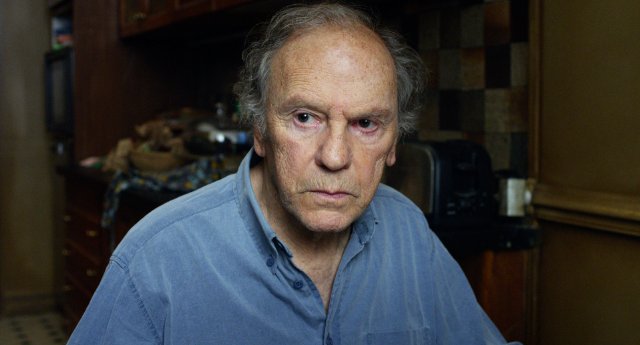
Foreign films usually aren’t given the light of day when it comes to any nomination category outside of the Best Foreign Language Film group at the Academy Awards. Michael Haneke’s traumatizing “Amour” broke ground when it was nominated for a whole slew of the top awards, including Best Picture, Best Director, Best Original Screenplay, and Best Actress (for the late great Emmanuelle Riva). It is a simple film that tells its story through gargantuan sadness: a married couple that are now retired are at a crossroads when the wife, Anne, becomes partially paralyzed after having a stroke.
The film follows the slow degradation of Anne’s body and her husband Georges’ sanity. When Georges sleeps, he envisions nightmarish visuals that suffocate him. When he is awake, he is witnessing the love of his life withering away.
“Amour” is a test of strength for us too, as we cannot cope with seeing a marriage tested by slow inevitabilities. With the film resulting in a heart-wrenching moment that will follow you forever, “Amour” is the ultimate love letter, because devastation can be the ultimate test of how much someone can mean to another.
7. Bicycle Thieves
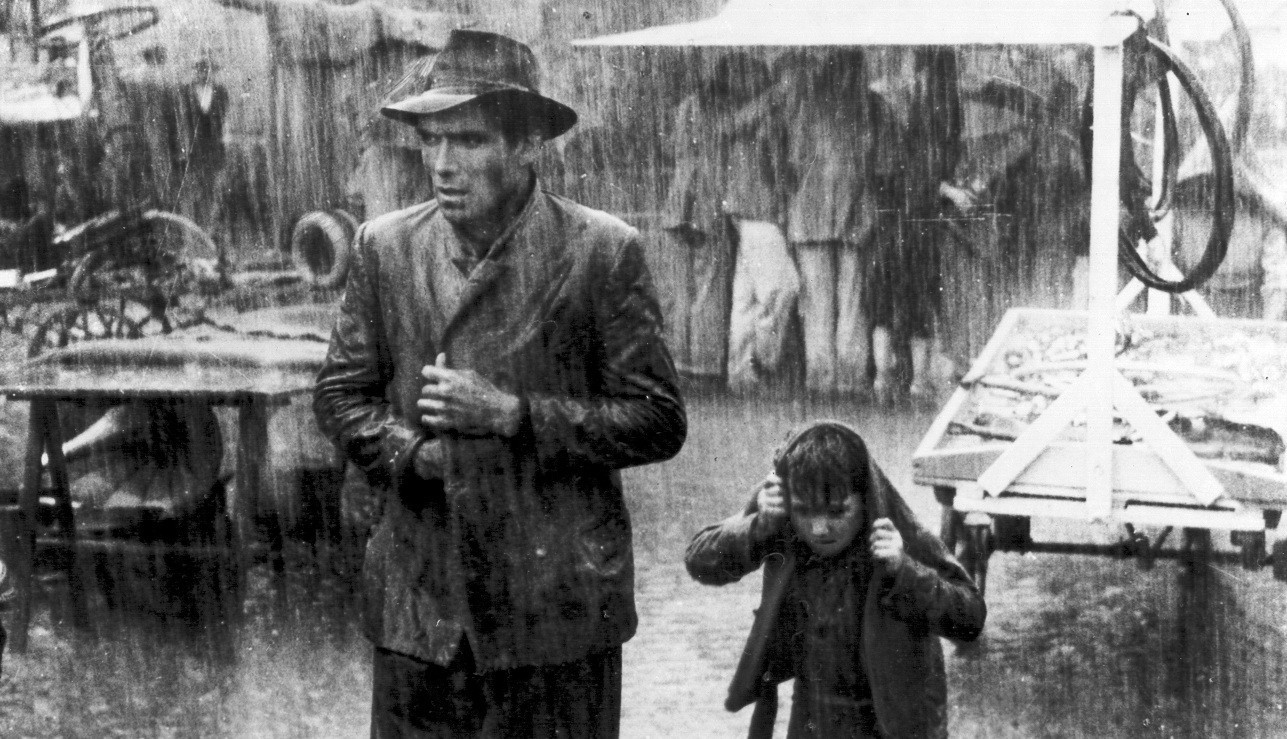
One of the earliest films to string audiences through thick and thin, “Bicycle Thieves” is the magnum opus of Vittorio De Sica. De Sica is one of the all-time greatest filmmakers when it comes to evoking agony, as can be seen with his body of work (“Shoeshine,” “Umberto D.,” “Two Women” and more).
With “Bicycle Thieves,” he tells the story of a poor father who cannot support his family without his bicycle (which was stolen from him). This film came out right after World War II, and it spoke to the millions of people who were challenged with getting back on their feet. It also featured unknown actors to portray its stars, as De Sica wanted to channel something real with this film and not a portrayal of the burdens many were facing.
“Bicycle Thieves” shows the damnation of both doing the right thing, and doing what you perceive to be the right thing, as the father cannot catch a break despite all of his efforts. It shows that some people get away with evil, and the morally good can be judged for committing the same acts. It also shows that we only sympathize because we know the backstory for one’s actions, and we only feel anger toward others because we know less about them. “Bicycle Thieves” is a complex film that battles morality and perception, and you will feel torn from all sides the entire time.
6. Requiem for a Dream
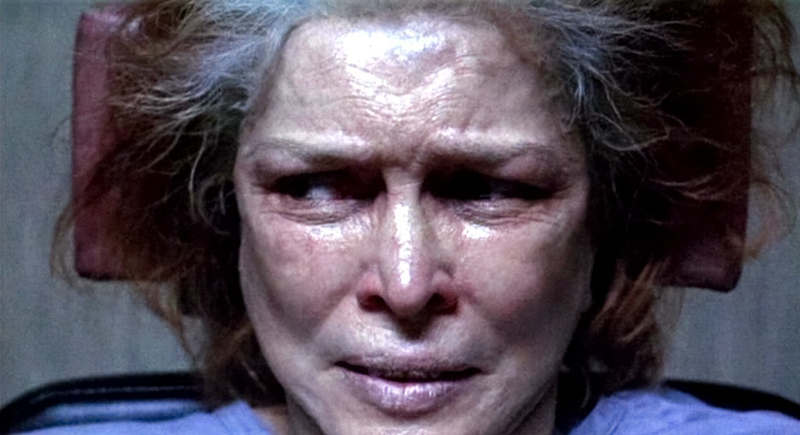
This is probably the most obvious choice on this list. It isn’t that this is the greatest film of desperation of all time, but rather it is likely the most expected film due to its popularity.
Darren Aronofsky’s mainstream breakthrough is likely one of the first films many of us watched that experimented with the crises of others. It is a downward spiral between four connecting individuals: three heroin addicts (a man, his wife, and his friend), and a mother who gets hooked on a prescription medication. It is a cautionary tale of addictions of all sorts, and the pressures that coax us: the media depiction of beauty, the need to make money in society, and the aspirations to be great.
“Requiem for a Dream” is the bastardization of the American Dream that showcases all of the ugly undercurrents that many people dread (and some people face). Not all that glitters is gold, and the final 40 minutes of this film is the antithesis of joy as a result of the main characters trying to chase joy. “Requiem for a Dream” is an introductory film into experiencing devastation, but it still is a good example.